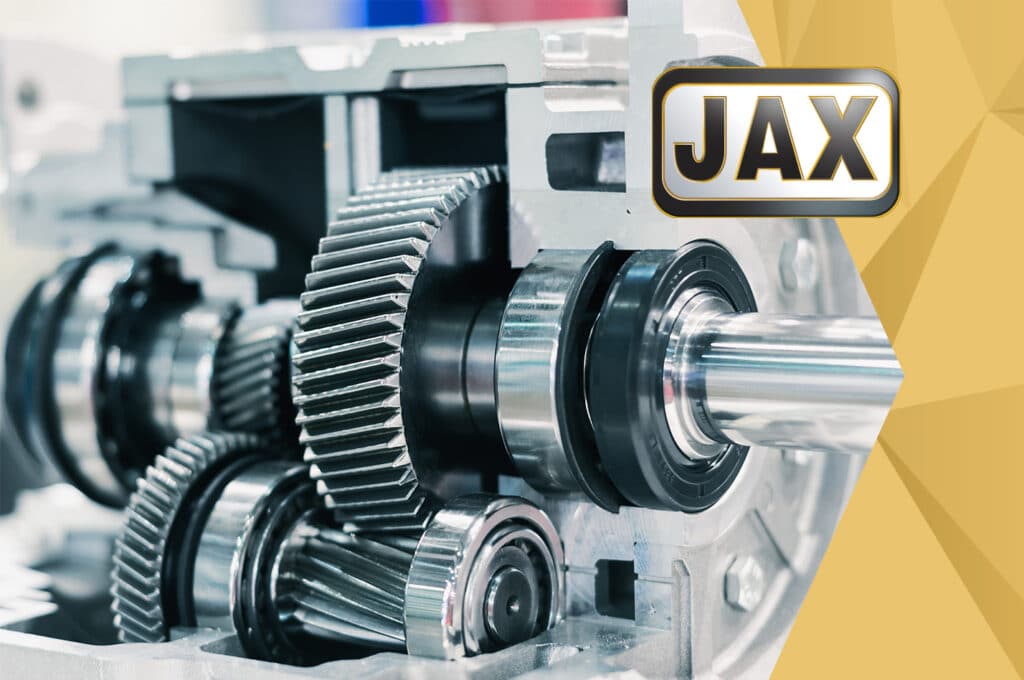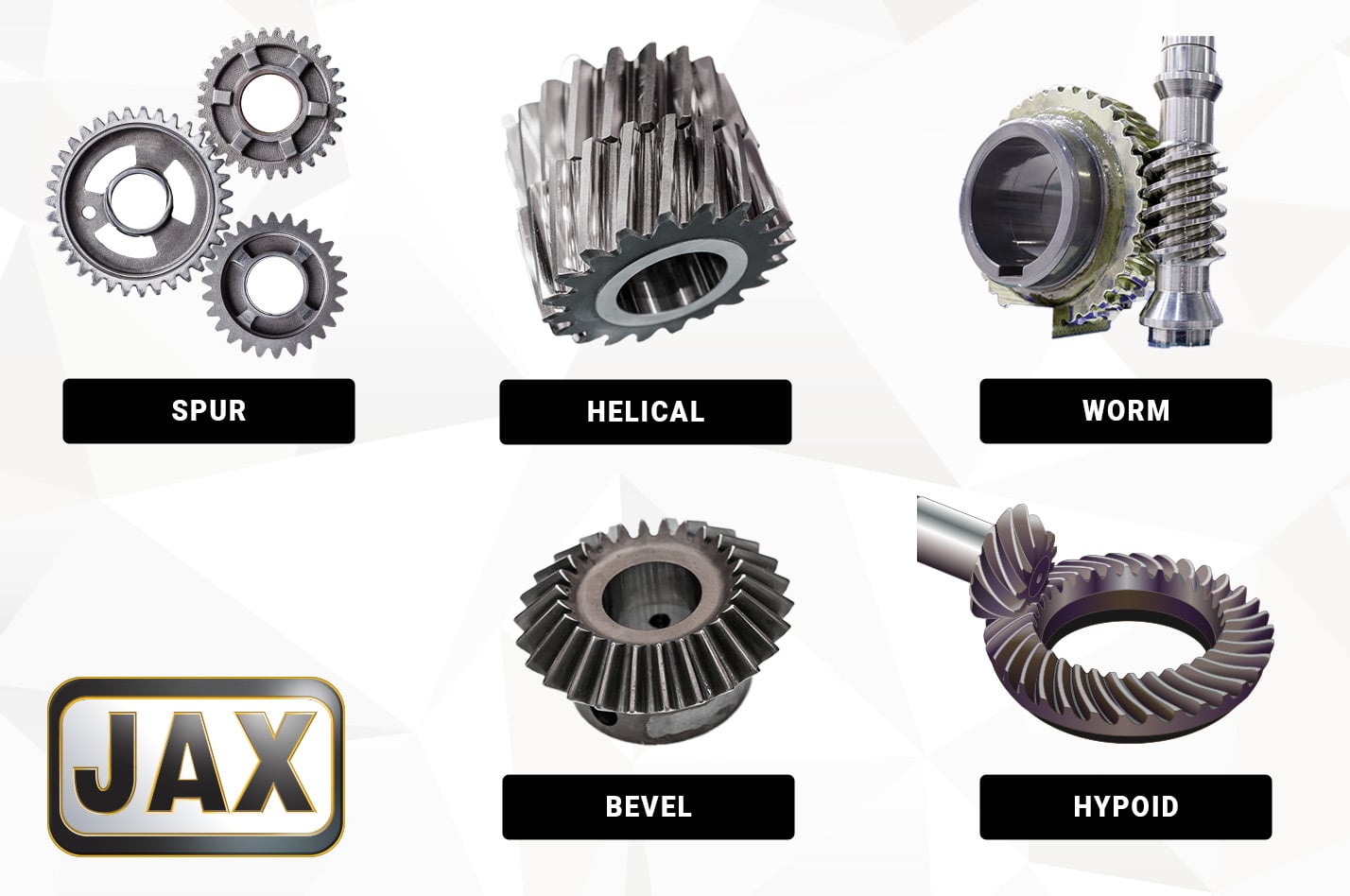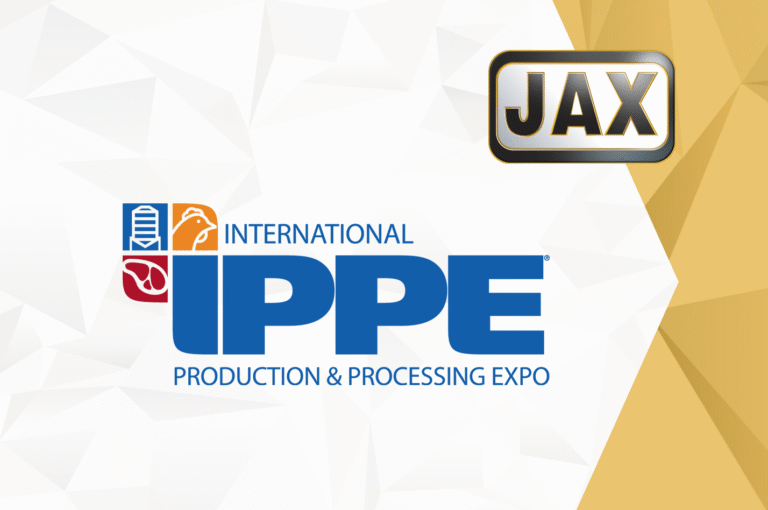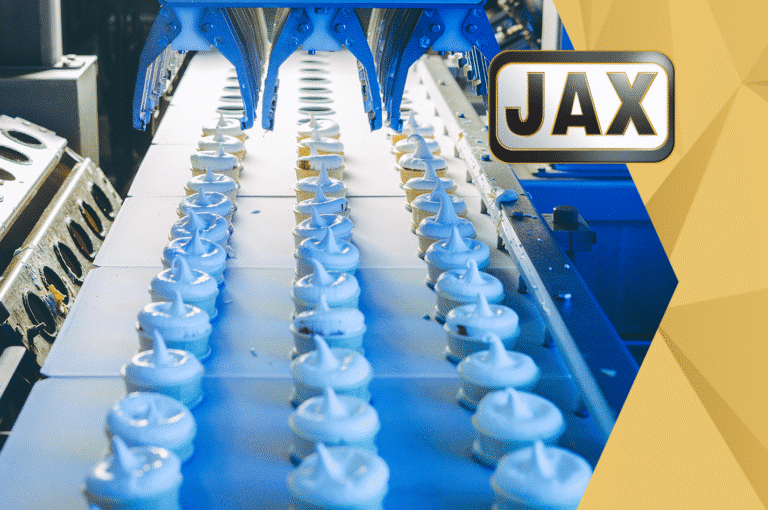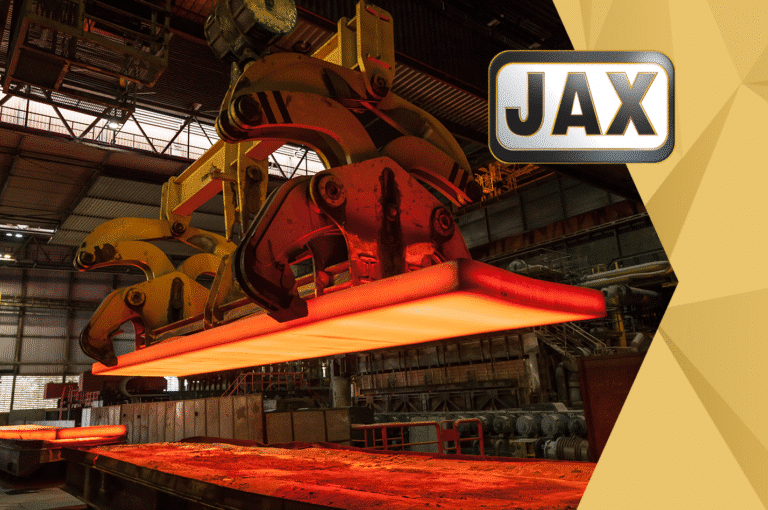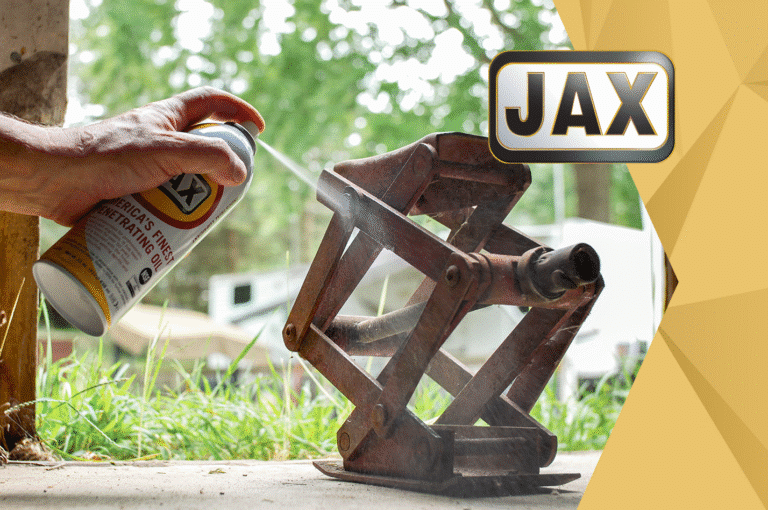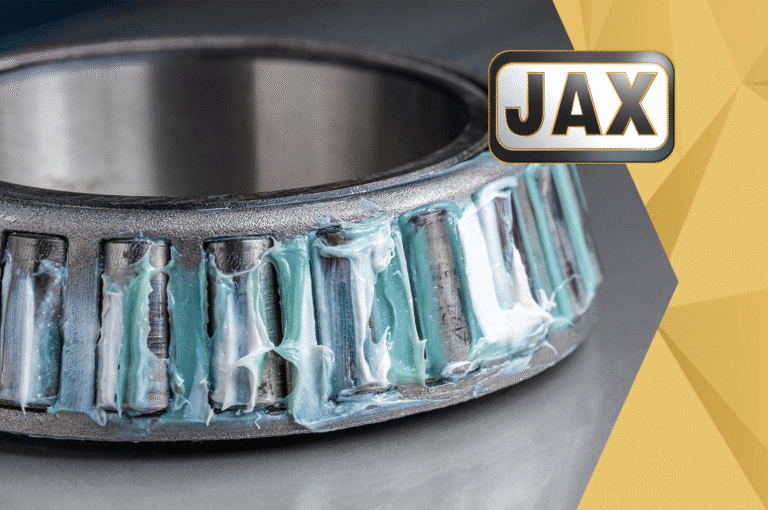When asked to visualize a gear set, you would likely describe two metal wheels with interlocking teeth surrounding their circumferences – on its face, a simple, common-place machinery component for power transmission, directional power transfer, speed control, movement synchronization, and torque adjustment.
As mechanical design engineers well know, those ends are often achieved through highly technical means. A complete gearbox will employ multiple sets of gears for optimal performance to a given specification. Tooth height, width, and pitch must be considered; Depending on the loads the gear set is subjected to, wheel composition or metallurgy is also a factor. Gears come in all shapes and sizes; there are spur gears, helical gears, worm, bevel, hypoid sets and more. Lubrication plays no small part in the function and longevity of the equipment.
In a gear set, one gear drives with power input, while the other is driven to output power. However, some of that energy is inevitably lost due to friction as the teeth of the gears slide against each other. Lubricants are designed to minimize this energy loss by reducing the friction coefficient, which in turn lowers heat generation between the meshing teeth. Ideally, any residual heat is directed away from the gears and dissipated in the oil reservoir of splash-lubricated gearboxes, or away from the contact zone in slower, grease-lubricated applications.
A lubrication engineer can significantly extend the life of a gearbox by following basic guidelines like adhering to OEM recommendations on oil viscosity, drain intervals, cleanliness, and operating temperatures. However, real-world conditions often push gearboxes to their limits, testing both the design and the diligence of maintenance teams.
What must design and lubrication engineers consider for long-term gearbox reliability? What goes into formulating the right lubricant? How can Used Oil Analysis help predict when it’s time for oil replacement? One way to answer these questions is by examining common gearbox failure modes and understanding how proper lubrication can help prevent them. Prevention is key, though even the best-maintained equipment will eventually require rebuilding.
Wear
Wear is the natural result of friction gradually removing microscopic layers of metal from gear teeth. It takes many forms, with light wear or “polishing” often expected during the initial startup or break-in period of equipment. Most gear oils contain additives to combat wear, but these additives are consumable and will deplete over time, especially under high-load conditions.
When gear teeth are consistently exposed to heavy loads, more severe forms of material loss—such as scuffing, galling, or scoring—can occur. Gear drives are designed with specific load-bearing capacities, and if excessive wear is observed, a higher viscosity oil may be required to increase the fluid film between the gear teeth. However, there is a fine balance—if the oil viscosity is too high, the driving gear will need to overcome both the pressure of the fluid film and the friction between the teeth, wasting more input energy as heat.
Abrasive wear is another concern, often caused by particulate matter suspended in the oil. This is why Used Oil Analysis for wear metals and contaminants is crucial to monitor gearbox health. Similarly, corrosive wear can result from acids in the system, where polar components attack the metal surface, leading to rust or corrosion. These new abrasive points can worsen the wear patterns.
Water ingression also accelerates wear, as water molecules outcompete the oil additives for metal surface protection, leaving the surface vulnerable to pressure in the application. Monitoring water content through used oil testing is key to preventing further damage. Especially in food plants, where gearboxes are subject to regular washdown procedures, it is possible that water contaminates the oil reservoir. Water is denser than oil and settles towards the bottom of the reservoir. If water contamination is suspected, the water should be drained from the reservoir through the reservoir’s drainage system before startup to prevent wear.
Fatigue & Breakage
When gears are subjected to heavy loads during startup or experience sudden pressure spikes during operation, the resulting friction generates intense heat. If the lubricant doesn’t control this heat, severe damage like pitting or spalling of the gear teeth can occur. Over time, this fatigue, or excessive pressure beyond the gear set’s design capacity, can lead to gear failure and breakage.
Fortunately, Extreme Pressure (EP) additives in lubricants are designed to address this issue. When activated by the heat and pressure, these polar compounds are drawn to exposed metal surfaces, forming a protective, sacrificial chemical barrier. This barrier helps prevent pitting and galling of the gear teeth. Not all gear applications require EP additives, so not all gear oils contain them. However, if your system is exposed to heavy or shock loads, using an EP oil is essential for protecting your equipment.
Conclusion
When it comes to gearbox lubrication, used oil testing is your most effective tool for monitoring key indicators like wear metal concentrations, additive depletion, viscosity changes, water ingression, and the buildup of acidic oxidative byproducts. Oil change intervals will vary depending on the application. While gear oils are formulated with additives to combat the most common causes of failure, both the lubricant and the gear components have physical and chemical limits. To ensure your critical machinery continues to perform, always consult with your lubricant supplier or gearbox manufacturer for troubleshooting and support.

